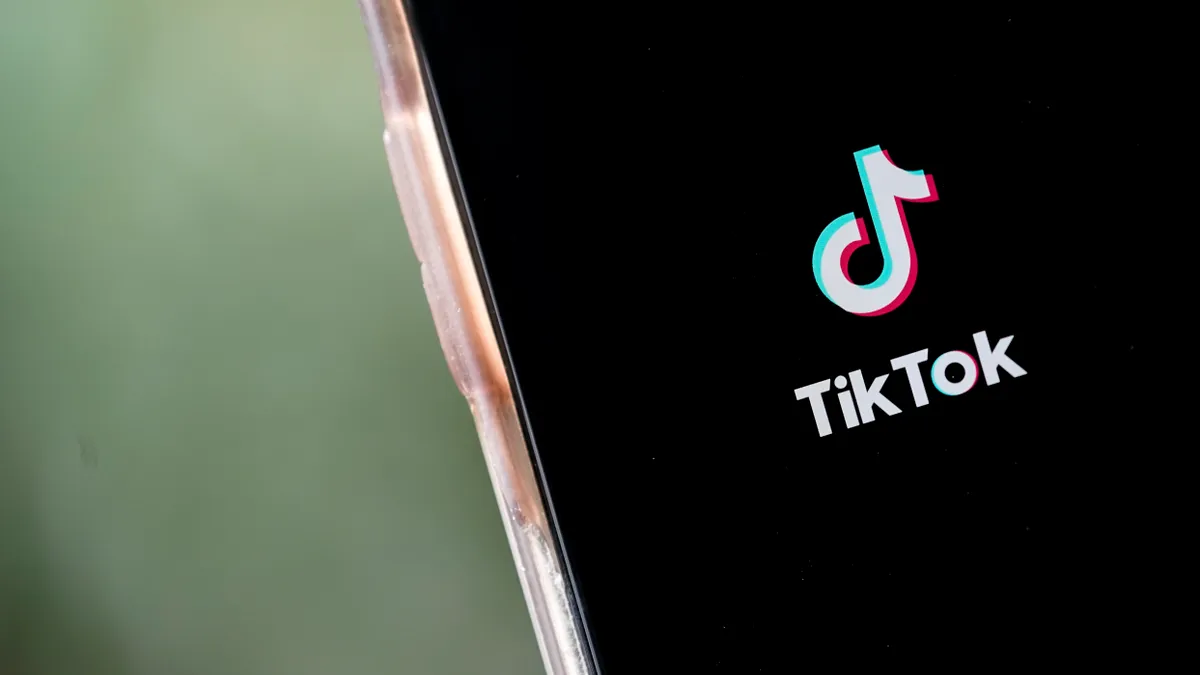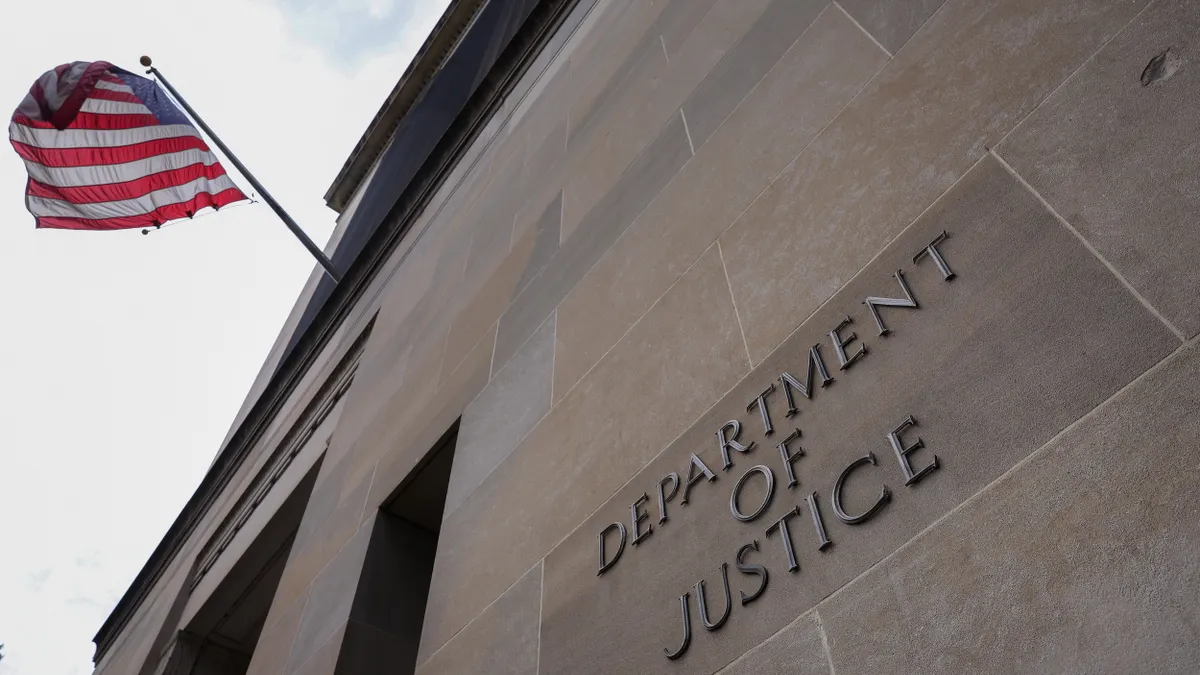When social media trends began to encourage vandalizing schools in recent months, some administrators learned the value of being proactive to address an evolving problem.
In September, teens across the country began defacing school property after a TikTok trend known as “devious licks” emerged, encouraging students to film themselves stealing soap dispensers or drawing on school walls.
A few weeks later, a new rumored TikTok challenge began to circulate on social media, this time asking students to “smack a staff member.” TikTok denounced the rumors and the challenge on Twitter this month, adding that any content promoting such harm to educators would be removed from the platform.
The rumored 'slap a teacher' dare is an insult to educators everywhere. And while this is not a trend on TikTok, if at any point it shows up, content will be removed. Learn more about practicing responsible behavior here: https://t.co/68VWesl9rf
— TikTokComms (@TikTokComms) October 6, 2021
Two days after TikTok acknowledged the possible threat, National Education Association President Rebecca Pringle wrote a letter to the leaders of Facebook, Twitter and TikTok demanding their companies “make a public pledge to students, educators, and their families to regulate lies and fix your algorithms to put public safety over profits.”
As national efforts to address harmful social media challenges in education continue, school administrators have developed their own strategies should the problem arise again.
‘In chaos there is opportunity’
For Glenn Robbins, superintendent of Brigantine Public Schools in New Jersey, the key to combating “devious licks” is getting students involved with the solution.
Within the one-school, 400-student pre-K-8 district, several soap and towel dispensers went missing during the challenge, Robbins said.
“We believe in chaos there is opportunity,” Robbins said. “Something comes out of everything, and that’s the way we’ve envisioned the entire pandemic. We’re going to use this every which way we can to try to [do] better for our scholars and for our community and for our families.”
At the beginning of the school year, Brigantine launched a new program promoting optimism, adaptiveness and resilience through the power of using technology for good. This initiative sparked an idea where students could create their own local news network, said Ronald DeFelice, the district’s student behavior and conduct liaison.
With the help of a newly installed green screen, National Junior Honor Society scholars at the school launched the Brigantine Community Central Network. The news network has allowed students to have an honest conversation about social media as they develop news shows. It also provides an opportunity to “flip the script” in their schools, DeFelice said.
This month, Brigantine students are filming segments where they perform different handshakes with teachers, creating a positive spin on the rumored “smack a staff member” challenge, DeFelice said. Students are also featuring positive stories called Scholar Spotlights, where one 5th-grader has been highlighted for surfing 500 consecutive days while raising money for charities, he said.
Don’t ignore social media challenges
The “devious licks” challenge has mostly quieted down in Meriden Public Schools in Connecticut, said Superintendent Mark Benigni. This is partially due to students sharing with administrators the names of others who were likely participating.
“I think the best way to prevent [harmful social media challenges] from occurring is more by creating that climate and culture initially with your students where they feel valued, respected, comfortable sharing with administration,” Benigni said.
Another tool to address the issue came in securing the 8,500-student district’s internet network, he said. While this helps with monitoring students on school devices, Benigni said, it doesn’t prevent students from doing as they please on their own personal phones. That’s why it’s important to also teach parents about social media precautions for their children, he said.
It was also crucial that after a soap dispenser went missing in a school, for example, that the principal address it head-on over the intercom instead of ignoring the situation, he said.
“The worst thing you could do is ignore it and not recognize that it’s out there,” Benigni said.
Implementing restorative practices, such as youth circles, is also important as students face discipline for participating in the “devious licks” trend, according to Benigni. Youth circles are an alternative response to suspension and expulsion, where students gather to discuss the issue at hand.
It’s key to emphasize to students in these youth circles discussing the “Devious Licks” trend that the school is their community, and they should take pride in preserving and taking care of it, Benigni said.
A powerful, invisible influence
Principal Efraín Martinez at Northwood Middle School in Highland Park, Illinois, also values the need for restorative practices in schools. When the school launched a collective campaign called #NorthwoodTogether, encouraging its 500-plus students to take care of the campus, the vandalism almost completely disappeared, he said.
But Martinez said he wouldn’t be surprised if these social media trends impacting schools continue.
Some teachers at Northwood Middle School have feared they would get attacked by a student due to social media challenges encouraging such behavior, Martinez said. Fortunately, this hasn’t happened, he added, noting principals should try to support staff and be their cheerleaders during the constantly shifting environment of the pandemic.
For principals, Martinez advised the need to create positive school environments where staff can innovate but also feel comfortable making mistakes along the way. In some ways, he said, teachers should be treated by principals as if they were family by caring for the individual first.
As personal technology use among teenagers continues to grow, Martinez said, schools are increasingly fighting an invisible outside influence of social media trends and information that often go against the values of social-emotional learning.
“We have these teenagers with devices that are so powerful,” Martinez said. “We are fighting something that is invisible yet so powerful."






 Dive Awards
Dive Awards














